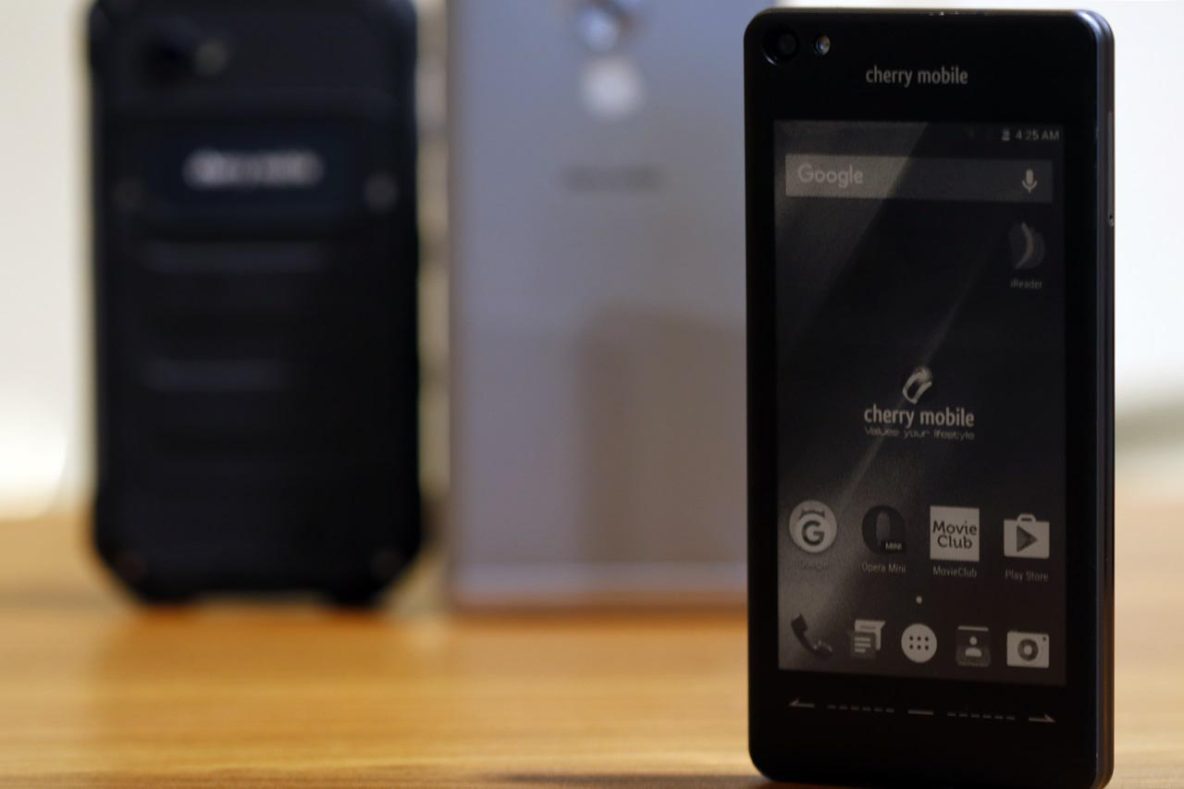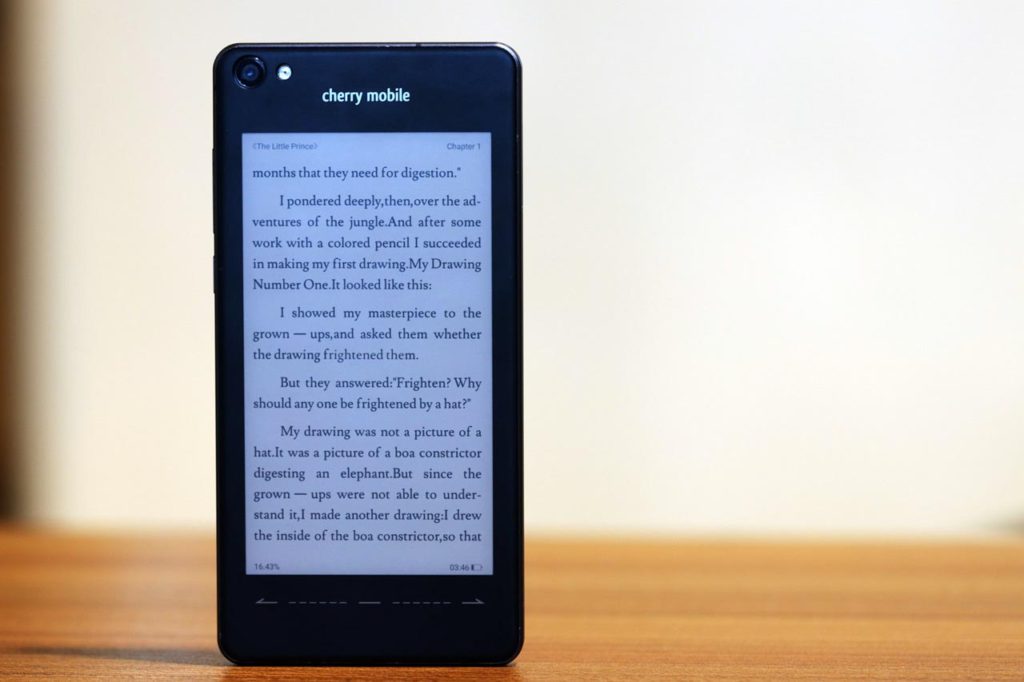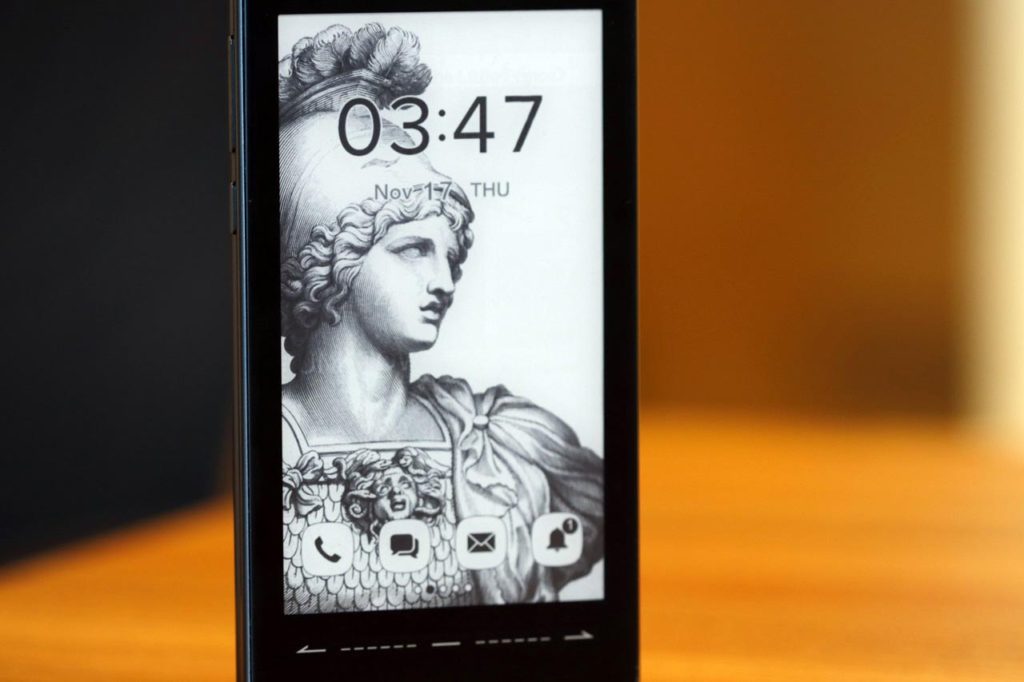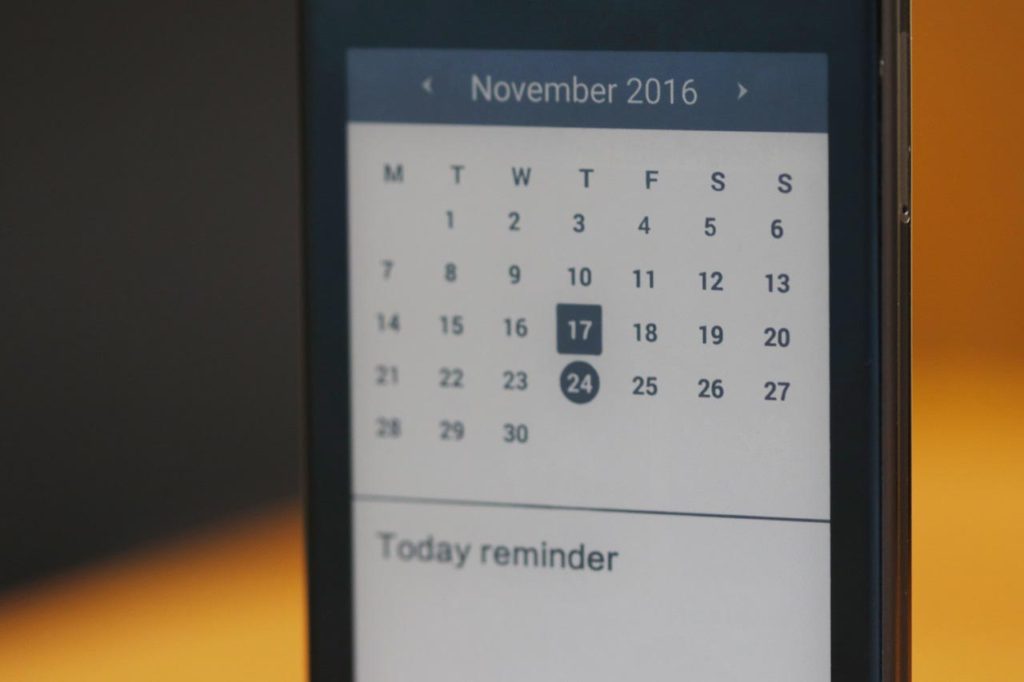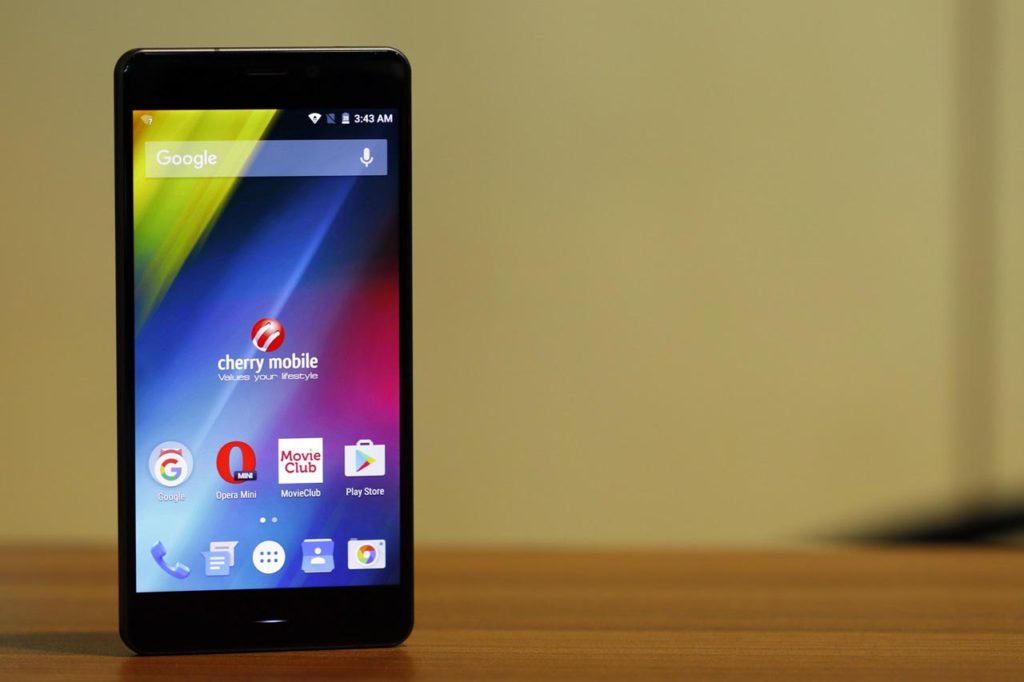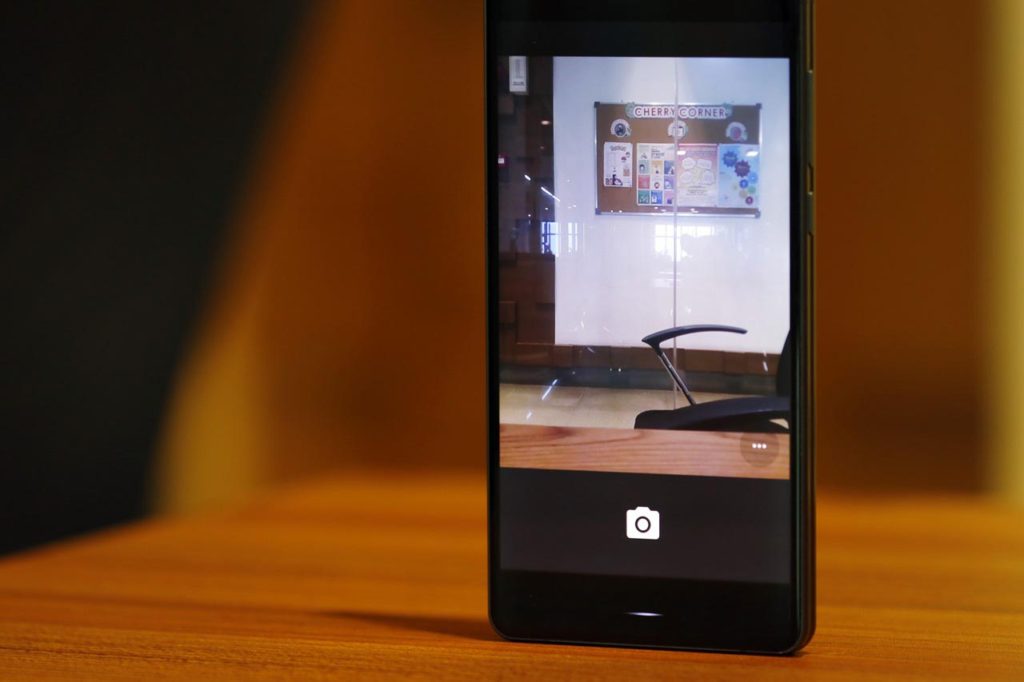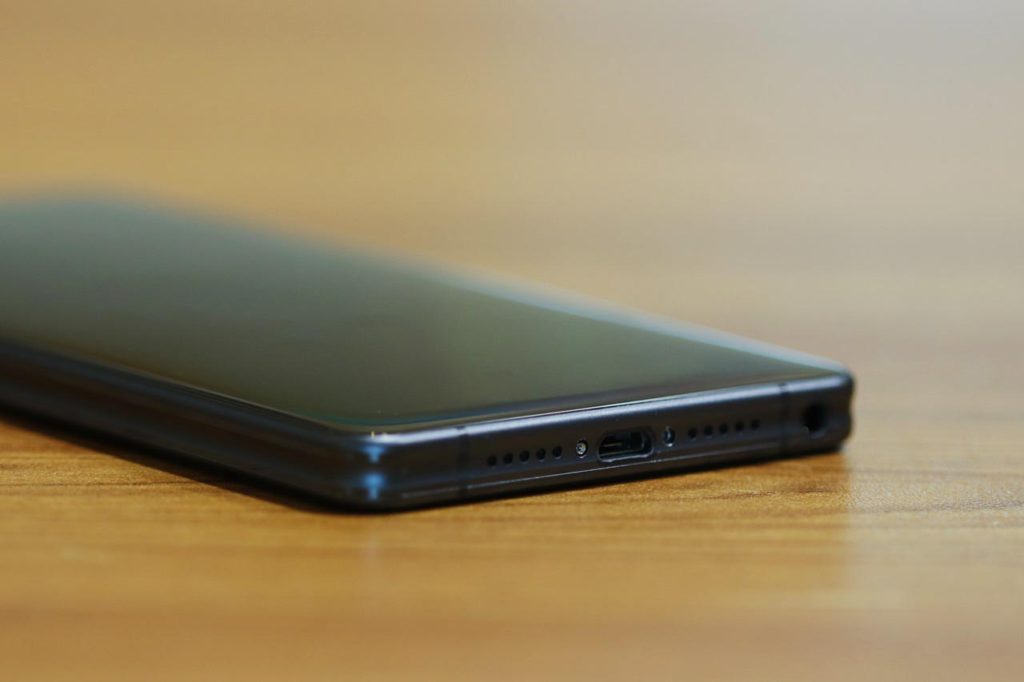(Update, November 21, 2016: One of the three devices launching in December is the Cherry Mobile Defender, the company’s first rugged smartphone. Click to read our hands-on.)
Taiji is the Chinese principle of bipolarity between yin and yang. Suitably, the Cherry Mobile Taiji (click for complete specs) has two touchscreens, one on the front and one on the back. The front-facing screen is a normal, colored display, and the other is a low-power, black-and-white screen best used for reading digital books and newspapers.
A typical LCD panel sits atop one side. On the flip side, you’ll find a smaller, monochrome e-ink display similar to the one on the Amazon Kindle and other such readers.
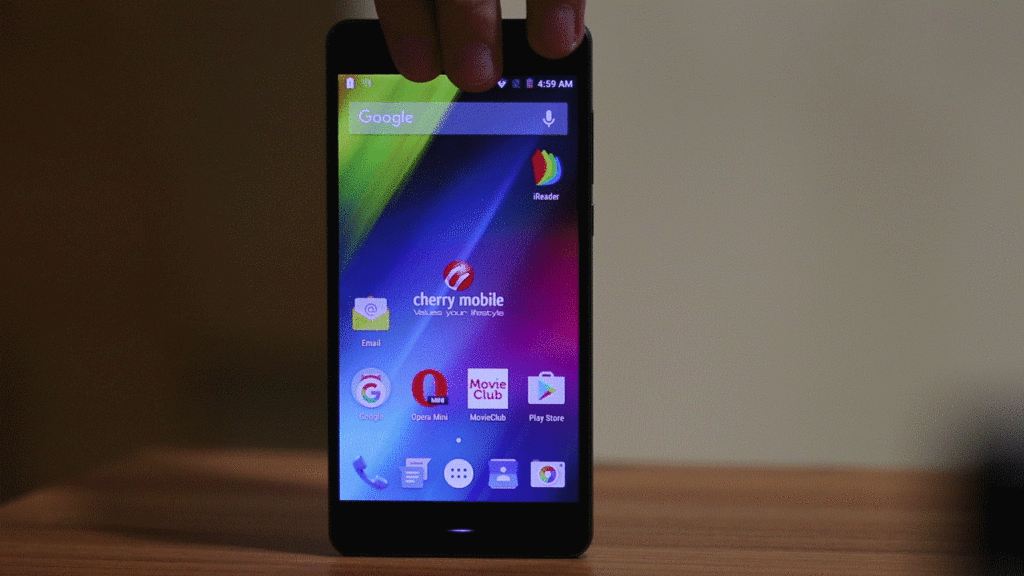
The secondary display is 4.7 inches diagonally. It’s not high-res — and it shouldn’t be; the Cherry Mobile Taiji’s e-ink display offers a great way to enjoy ebooks, newspapers, and other text-heavy content for long periods without sucking too much battery power. A quick aside, as it needs to be said: A phone’s display — it doesn’t matter if it’s LCD or AMOLED — is a huge battery hog.
To activate the e-ink side, one has to long-press the power button until a contextual menu pops up with the option to switch screens.
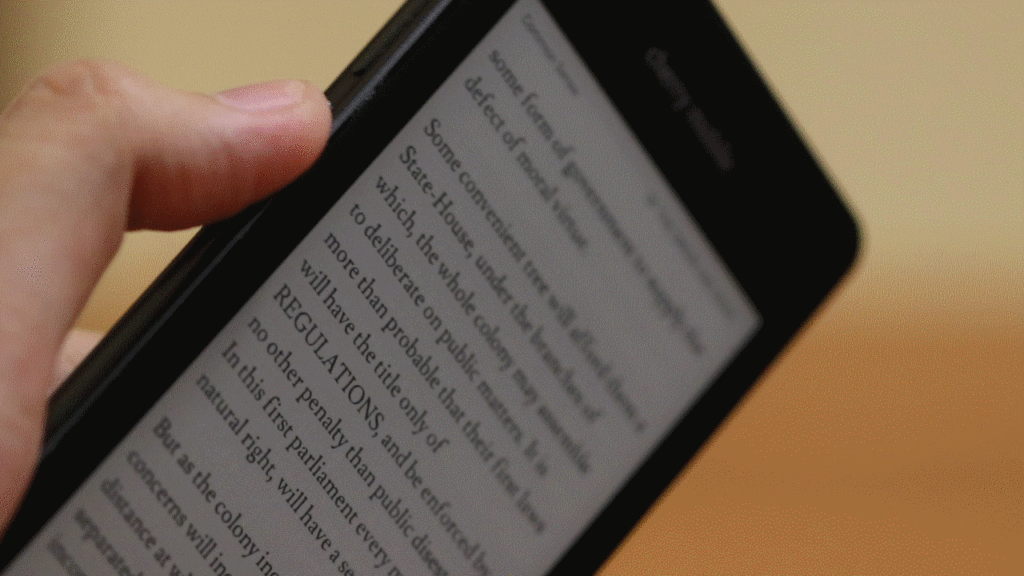
Picture quality is decent and visible even in direct sunlight. If we had to compare it to the YotaPhone’s, we’d say it’s pretty much in the same league. On a related note, it’s worth pointing out that like other e-ink displays, the Taiji’s has a slow refresh rate, so it’s not a good idea to use it for purposes other than intended. Oh, and it’s not backlit.
Finally, the pre-production unit we used has a mirror mode, which mimics exactly what the main display is showing. Otherwise, you’re left with a barebones user interface that isn’t based on Android. We’re told the feature might not make it to the final product, so fingers crossed.
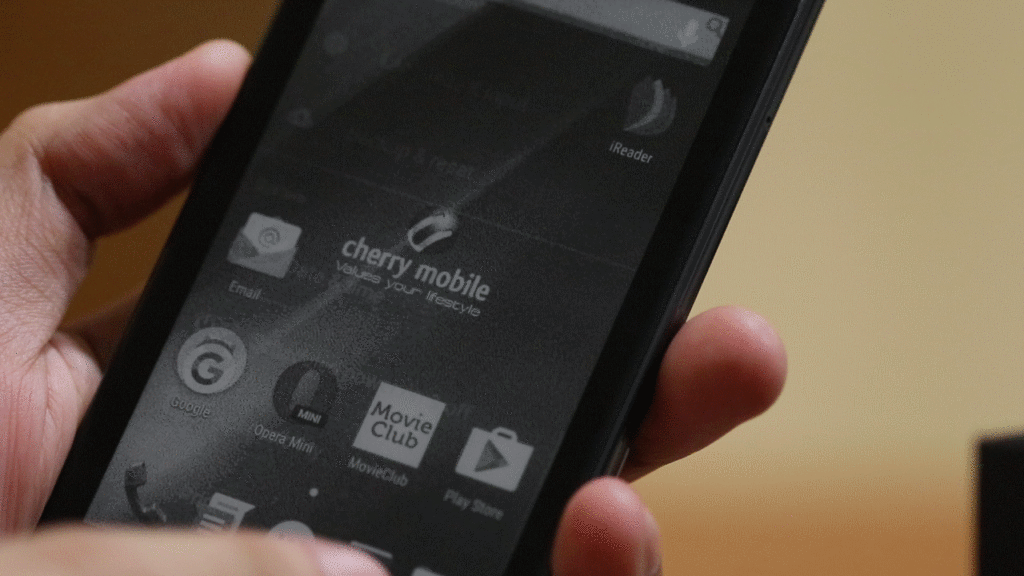
The Cherry Mobile Taiji is powered by an octa-core MediaTek 6752 system-on-a-chip coupled with 3GB of RAM and 32GB of upgradeable storage. It’s fittingly responsive, with very little lag or input delay (unless you’re using the e-ink panel).
On the back is a 13-megapixel camera with a single LED flash. The front-facer bears an 8-megapixel sensor. The unfinished nature of the unit we tested means we don’t have a gallery to show you, as it wouldn’t be fair to judge image quality at this point.
Battery capacity sits at 2,500mAh, which may be surprising given the Taiji’s relative thickness. But then again, it has two screens that are seamlessly integrated into one package. We can’t comment on battery life until we get our hands on a review unit running the final version of the Android Lollipop-based (yes, not Marshmallow) software.
You can purchase the Cherry Mobile Taiji sometime in December for P12,999. It could be worth the upgrade if you own a ton of ebooks and you’re thinking of retiring your old reader. Getting the Taiji would mean you won’t have to spend extra on a dedicated device that doesn’t do much of anything else. The latest Kindle starts at $80, or roughly P4,000, before taxes; it isn’t too expensive, but it isn’t cheap, either.
ADDITIONAL THOUGHTS: We honestly didn’t expect this — at least not from a company that historically hasn’t taken many chances with its offerings. But before you think this is a pivot point for Cherry Mobile, realize that coming out with the Taiji is an experiment that may or may not result in similar moonshots. We like the Taiji, but it is not for everyone. Not for many.
Nonetheless, we tip our hats to Cherry Mobile for thinking differently. Here’s to more divergent products like the Taiji.
Video you may want to watch: Cherry Mobile Flare 5 preview
Share this Post


